A WRITER'S WIT |
MY BOOK WORLD

This book, no matter how much one may have read about John F. Kennedy, provides details that might be surprising—with regard to his upbringing and family line. Both of his parents are Irish immigrants who then become millionaires in the United States. There are details of his education, his military career, and his time in politics. Many pages feature original documents that JFK himself writes, speeches and the like.
The CD is comprised of a series of dictations Kennedy is making to his secretary by way of a Dictaphone, as well as commentary by historian, Michael Beschloss. A chapter near the end summarizes the day in 1963 that he is assassinated. JFK’s wife, Jackie, cries out: “He’s dead—they’ve killed him—Oh Jack, oh Jack, I love you” (223). I was fifteen when this momentous day in history took place, but I never recall hearing of this intimacy uttered in her last minutes with her husband as they are about to roll him away. The book is full of these small surprises, and I can see myself returning to its pages to review them, lest I forget, lest I forget.
Up Next:
TUES: A Writer's Wit | Tony Kushner
WEDS: A Writer's Wit | Phyllis Diller
THURS: A Writer's Wit | Nelson Mandela
FRI: My Book World | Nell Freudenberger, The Limits

















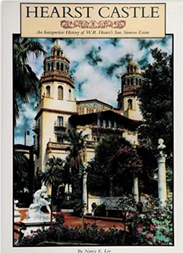





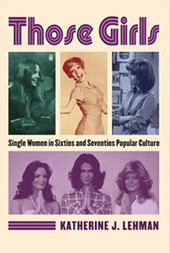


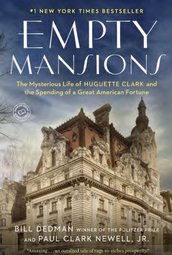


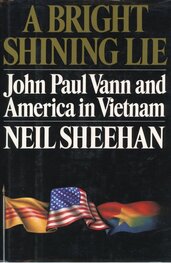




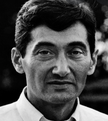


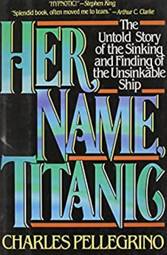






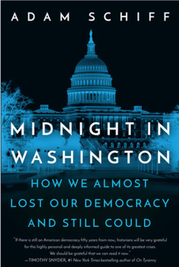


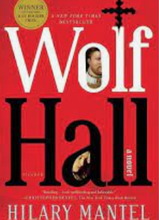


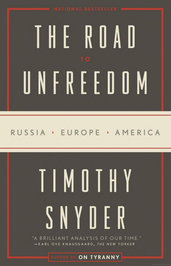


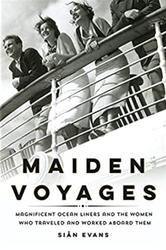


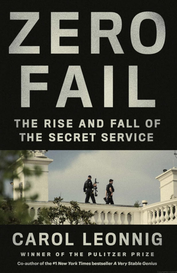


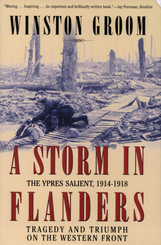




 RSS Feed
RSS Feed